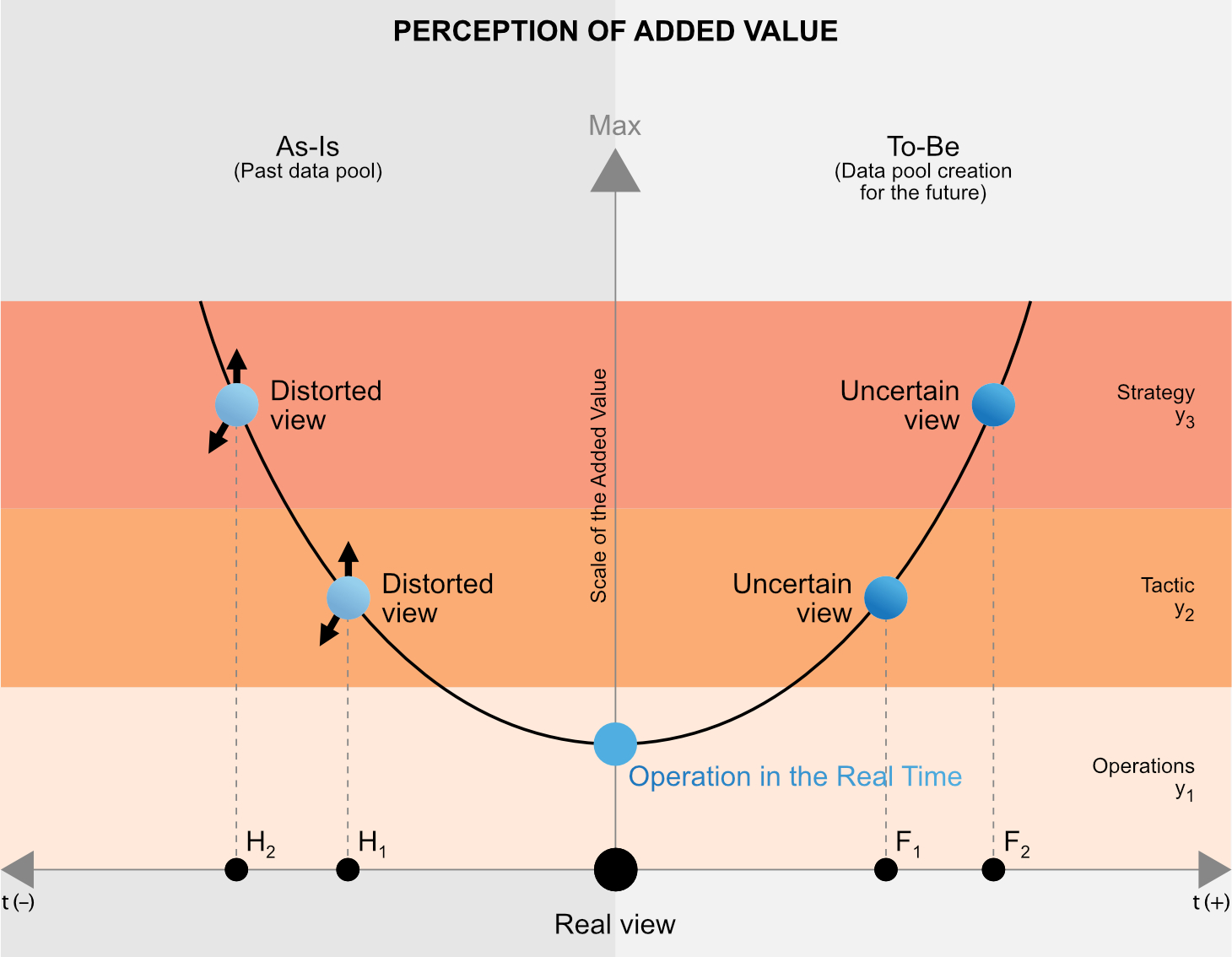Figure C8g Perception of added value in strategy, tactic, and business operations

Figure C8g Perception of added value in strategy, tactic, and business operations
Figure C8g deals with the perception of added value in real-time, on the time axis of its life cycle (in the past time view and in the future time). Added-value linked to the past time is often distorted (lacking and unreadable data validity).
On the opposite, on the future side, uncertain predictions exist and very often naive views of the future. To mix both arguments is the way to abuse the added value content, and it is dangerous for the correct outlining of the path As-Is and To-Be.
Then the critical tools (e.g., policy, strategy, and tactics) can also be abused, including any activities that take place "right now."
And it is critically dangerous for the long-term and vast projects because the span of positive and negative influences on the added value of all projects depends on the policy, mostly what the mainstream is saying.
Figure C8g illustrates the spectrum of views on the added-value of an object (e.g., a completed project in operations stages) via a parabola and shows the growth of the distortion and uncertainty of added-value in a running time in the environment of three levels (project strategy, tactic, and operation).
Perceptions of time by the previous figure are not here included and are consciously ignored.
History justifies such thinking (approach to risks analyses) and offers us lessons for the future. We know that politics influences the strategy and tactics of any activity.
On the other hand, we know that projects (as an intellectual value) open the smallest space for any additional hidden manipulation if they are appropriately designed.
The quality of political decisions corresponds to the share of strategy and tactics in total their added value (e.g., on a territory per unit of time). And simply, no project would succeed in its scheduled aims without a strategy and tactics.
Notes:
Various popular models clarify the relationship between strategy and tactics, including their connection to politics. For example, the Tactic Military theorist Carl von Clausewitz said, "tactics are the art of using troops in battle; strategy is the art of using battles to win the war.